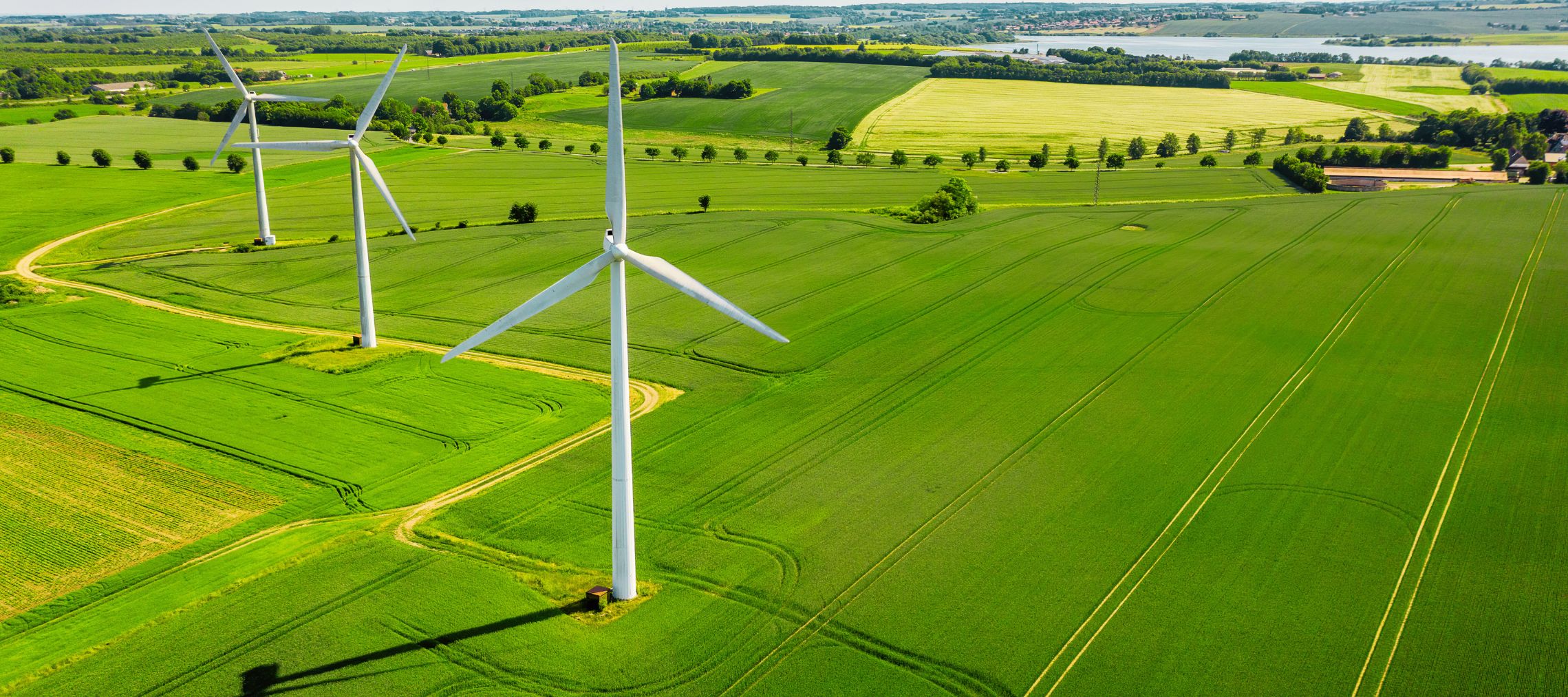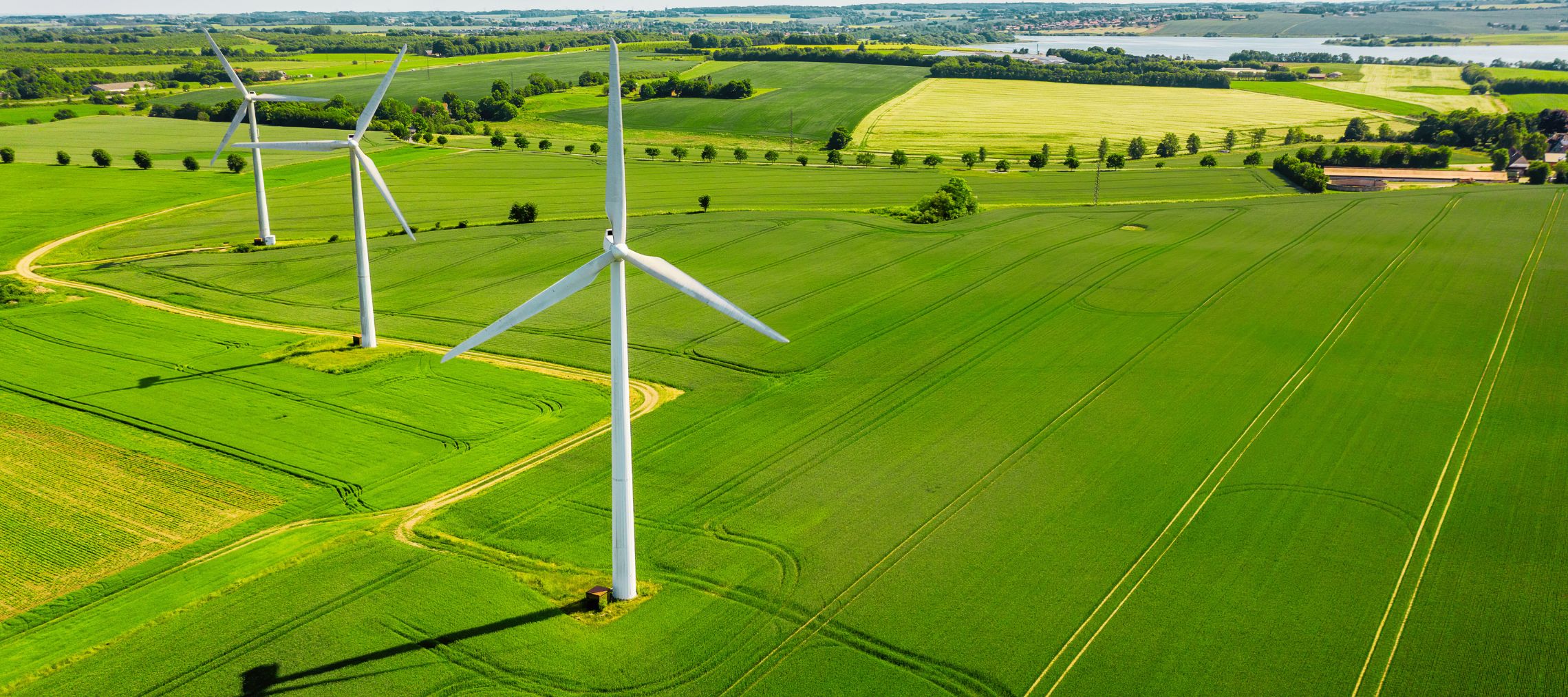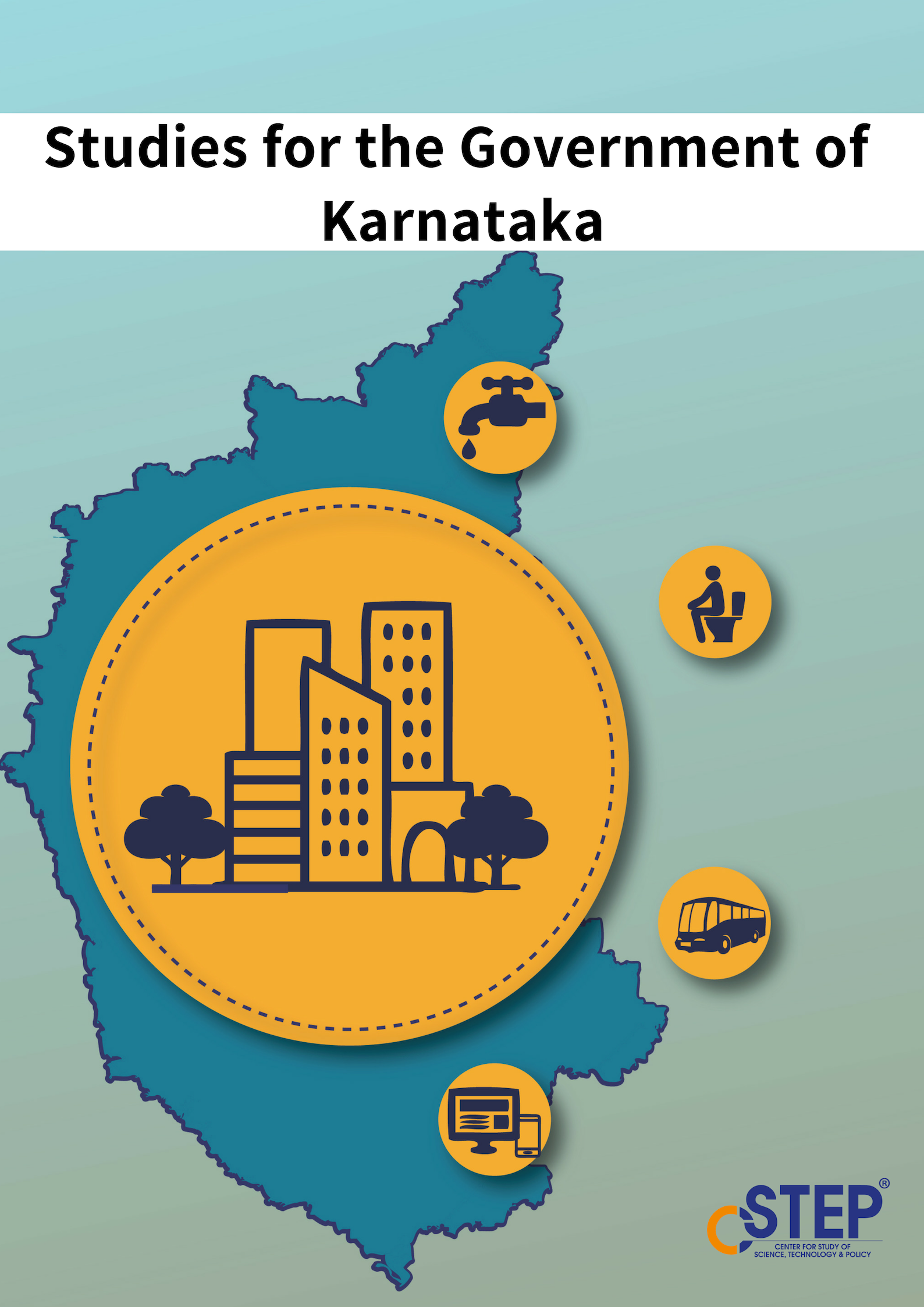Fossil fuels are deeply tied to electricity generation, industrial operations, and transportation among other crucial sectors and cannot be easily dissociated from energy use. CSTEP focuses on a greater integration of renewables and reduction of waste energy in such sectors. This includes working with utilities to improve rooftop solar penetration, mapping potential of various renewables across the country, and analysing energy usage of MSMEs to reduce their fossil fuel consumption.






Reaping Benefits
In India, solar photovoltaics (PV), which is environmentally friendly and safer, is gaining popularity as a viable alternative to fossil fuels. With technological advancements in the last decade, India’s solar sector has made significant growth, with an installed capacity of 46.2 GW of the country’s total renewable energy (RE) capacity of 101.5 GW.
Sunny Side: Floating and Canal-top Photovoltaic Technologies Key To Achieve Solar Target
Over the last few years, the use of solar energy has increased considerably in India. While the overall installed solar capacity has increased by 17 times in the last seven years and stood at 47.7 GW as of October 2021, its share in the energy mix is just about 12 per cent, according to Central Energy Authority (CEA) data. This share is likely to increase in the future, considering the steady efforts from the Ministry of New and Renewable Energy (MNRE) towards promoting clean energy technologies.
Strengthened Grids: A Case of Electric Vehicles in Bengaluru
India, the world’s third-largest GHGs emitter, has its transport sector contributing 10% of total national GHG emissions, with road transportation contributing about 87% of the sector’s total emissions. The adoption of electric vehicles (EVs) is one way to bring down emissions. While the Indian Government has issued various policy measures, successful EV uptake lies in policy implementation at the State level.
Press Release - Solar Energy–Based EV Charging: A Pilot and Techno-Economic Study
India has 21 of the 30 cities with the worst air quality in the world. Every year, we keep exploring options to curb air pollution. The transport sector is a significant contributor to air pollution in the cities. The electric vehicle (EV) segment could play a key role in decarbonising the sector. However, to realise green mobility in its truest sense, electric vehicles (EVs) need to run on clean energy. India’s power grid is predominantly coal-based at the moment.
Solar Energy–Based EV Charging: A Pilot and Techno-Economic Study
India has 21 of the 30 cities with the worst air quality in the world. The transport sector is a major contributor (40%–80%) to air pollution in the cities. Hence, decarbonising the transport sector with the deployment of electric vehicles (EVs)is a crucial step in mitigating air pollution. Running an electric vehicle in the USA leads to a greater reduction in CO2 emissions than running it in India since the grid energy (used by the EV) in India is predominantly generated using coal.
Press Release - Study Recommends Differential Pricing for Pumped-hydro Energy Storage in India to Boost RE
A differential pricing mechanism that calculates different pumping and generation prices for pumped-hydro energy storage (PHES) should be employed for its growth in India, recommends a recent study by the Center for Study of Science, Technology and Policy (CSTEP).
On 29 November 2021, the Ministry of New and Renewable Energy (MNRE) announced that the country’s total installed renewable energy (RE) capacity (including hydro) had crossed 150 gigawatts (GW), while also setting a new target of reaching 175 GW capacity of RE by 2022.
Study on Pricing Mechanism for Energy Generated by Pumped Hydro Energy Storage (PHES) in India
India plans to install 450 gigawatt (GW) of renewable energy (RE) generation capacity by 2030. However, RE is highly intermittent in nature and cannot be dispatched on the basis of real-time demand. Utility-scale energy storage technologies such as battery and pumped-hydro could be the answer to this problem. Pumped-hydro energy storage (PHES) is the oldest and most mature large-scale storage technology and accounts for 96% of global installed energy storage capacity.
Ensuring Efficiency: Role of AI in Distributed Solar Segment
Renewable energy is gaining traction in India as a viable alternative to fossil fuels. It is cleaner and safer than traditional energy sources. The renewable energy sector in India has achieved substantial progress because of technological improvements in the recent decade. The most used renewable energy sources in India are solar (45 GW) and wind (39 GW), totaling 85 GW out of the total renewable energy capacity of 100 GW.
Delivering the Hydrogen Economy
Hydrogen demand will increase rapidly as several sectors realise its applications. It is important to start building capacity of storage technologies like compressed or liquefied hydrogen now.